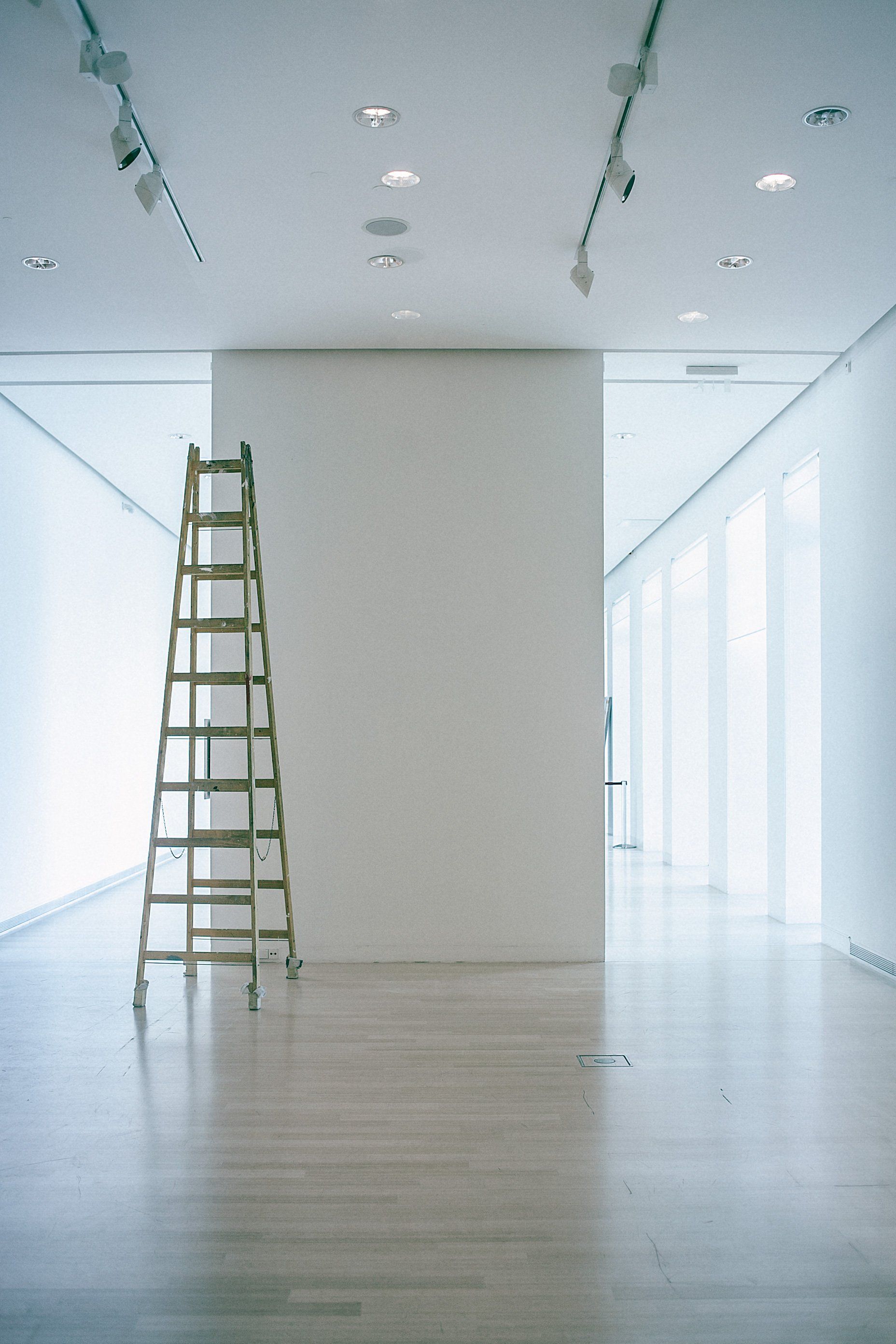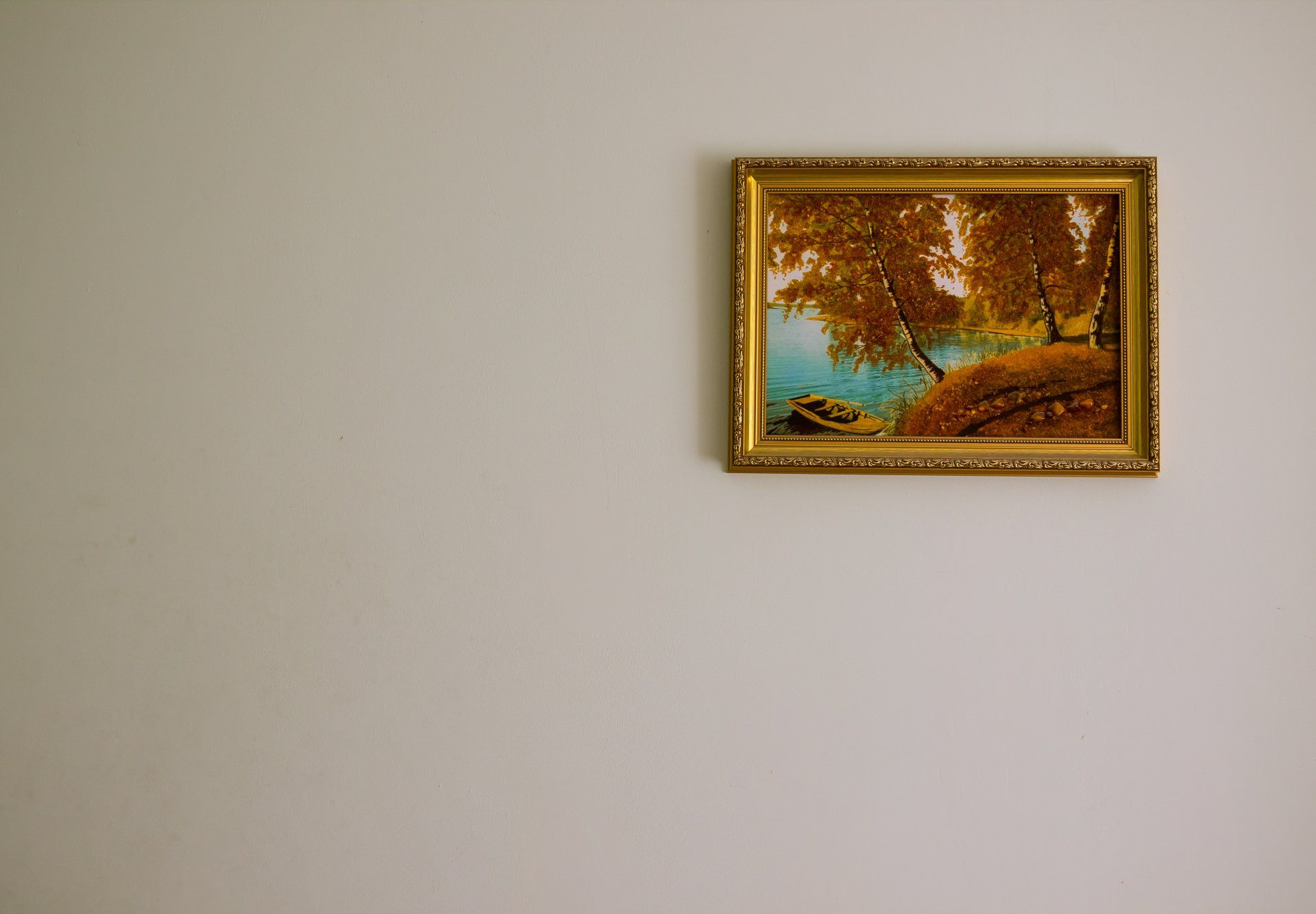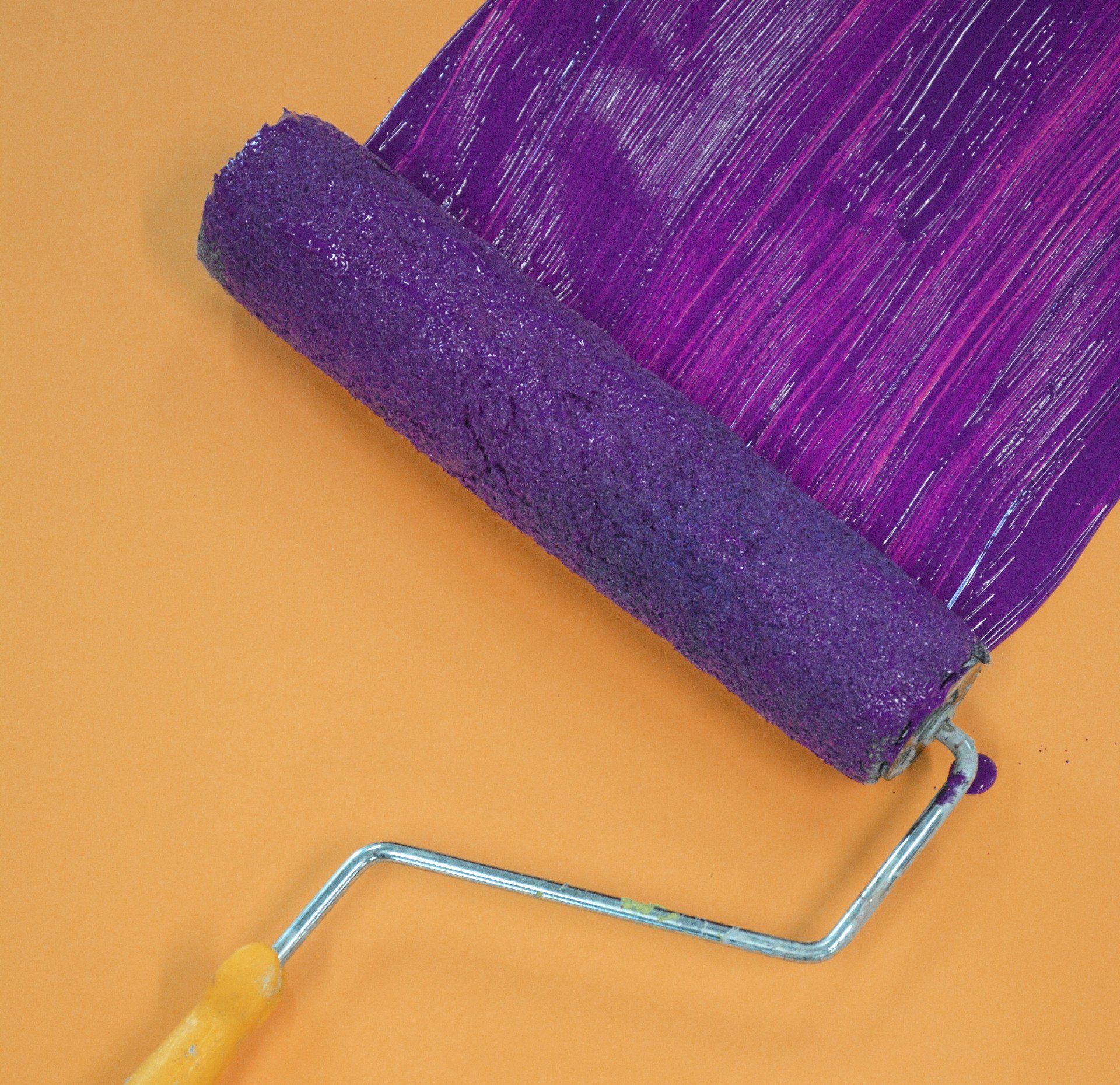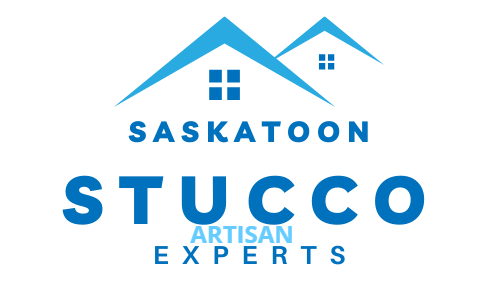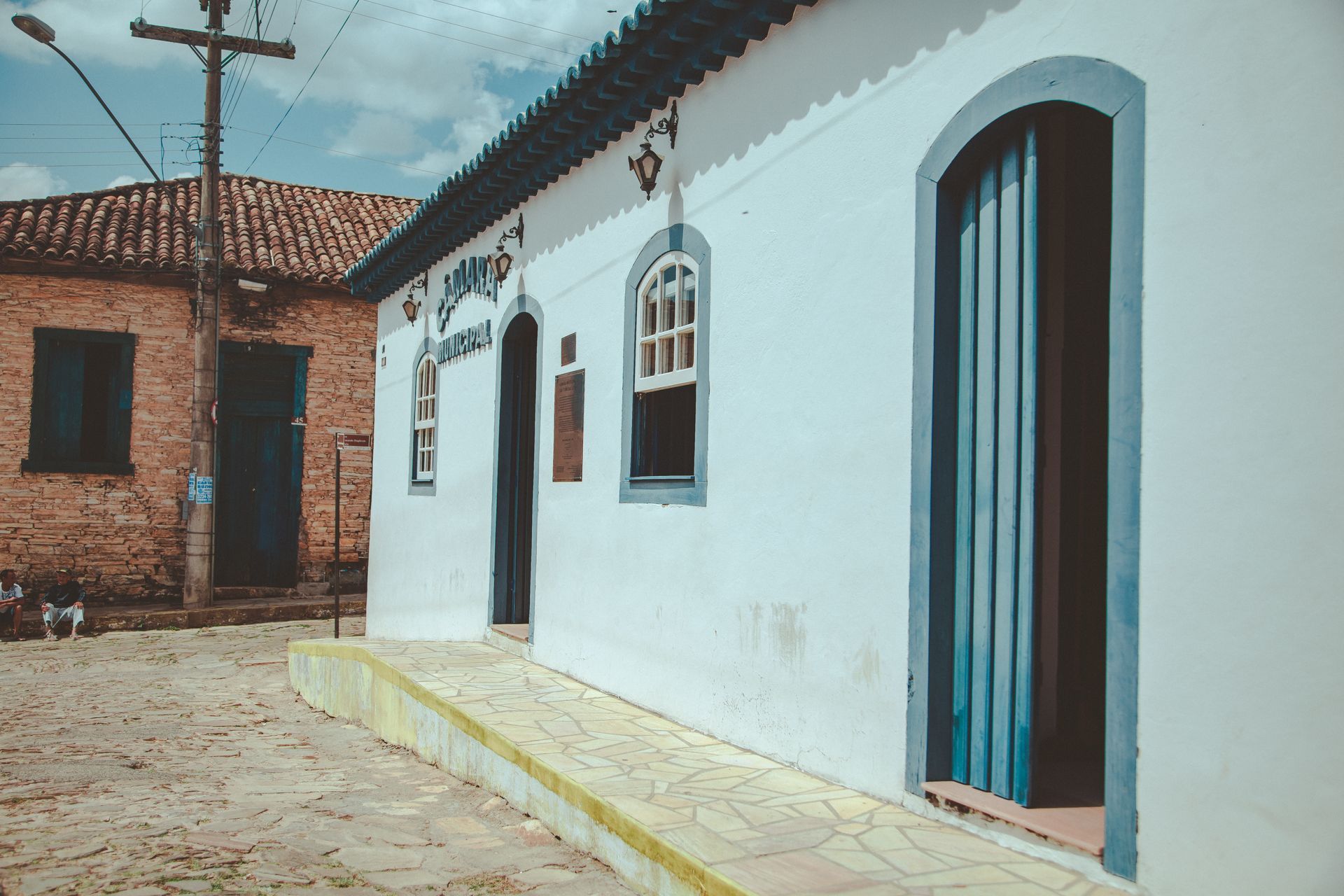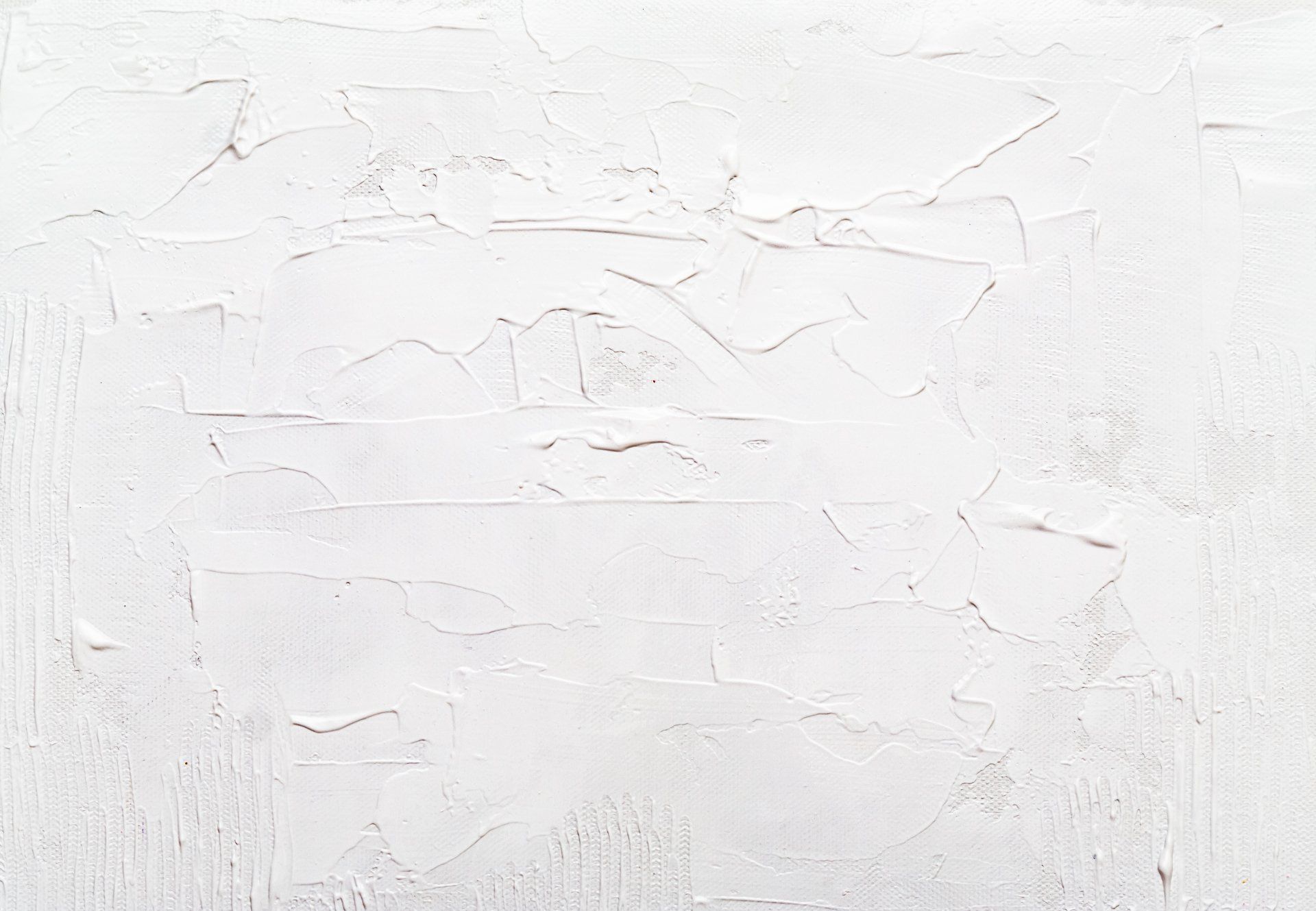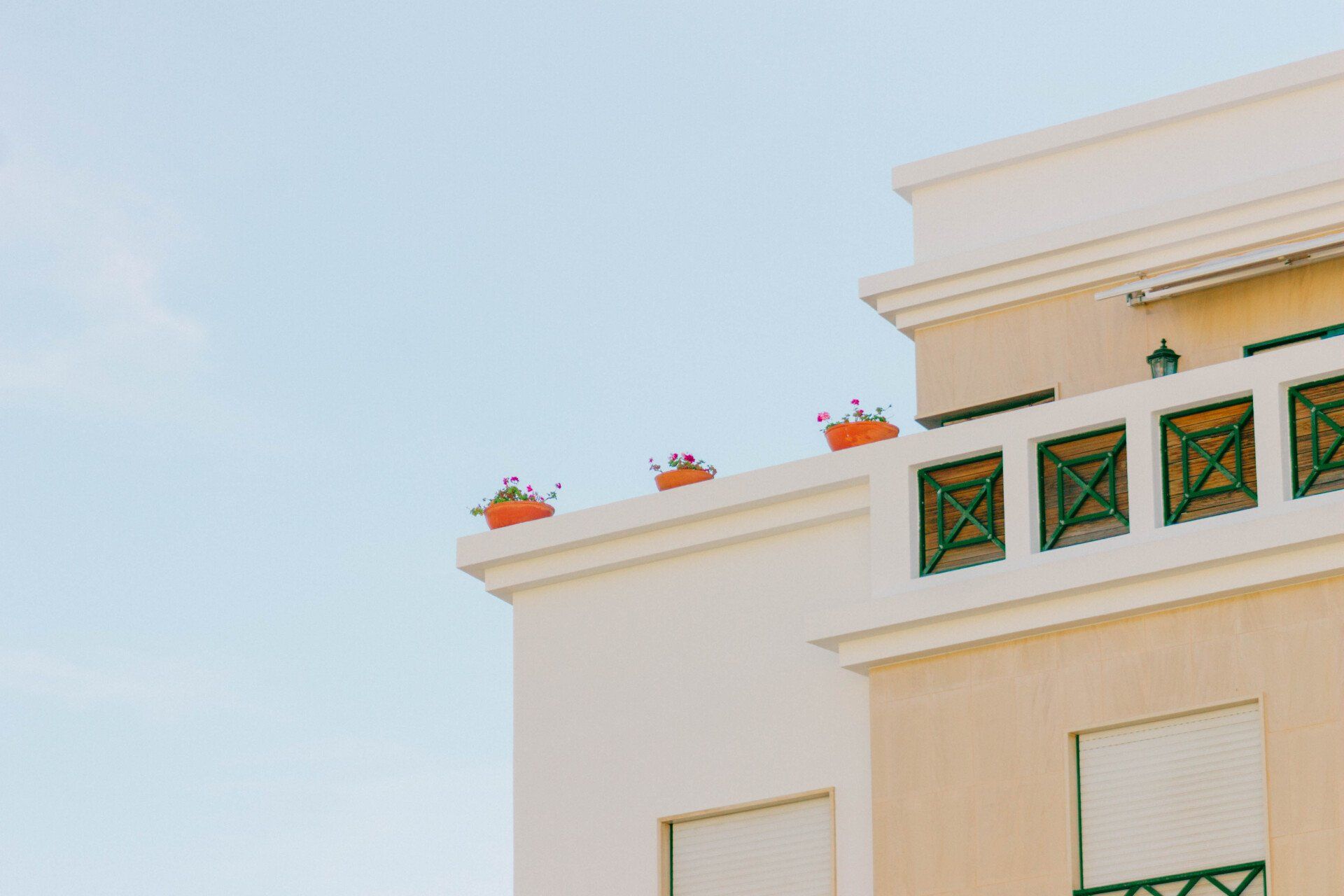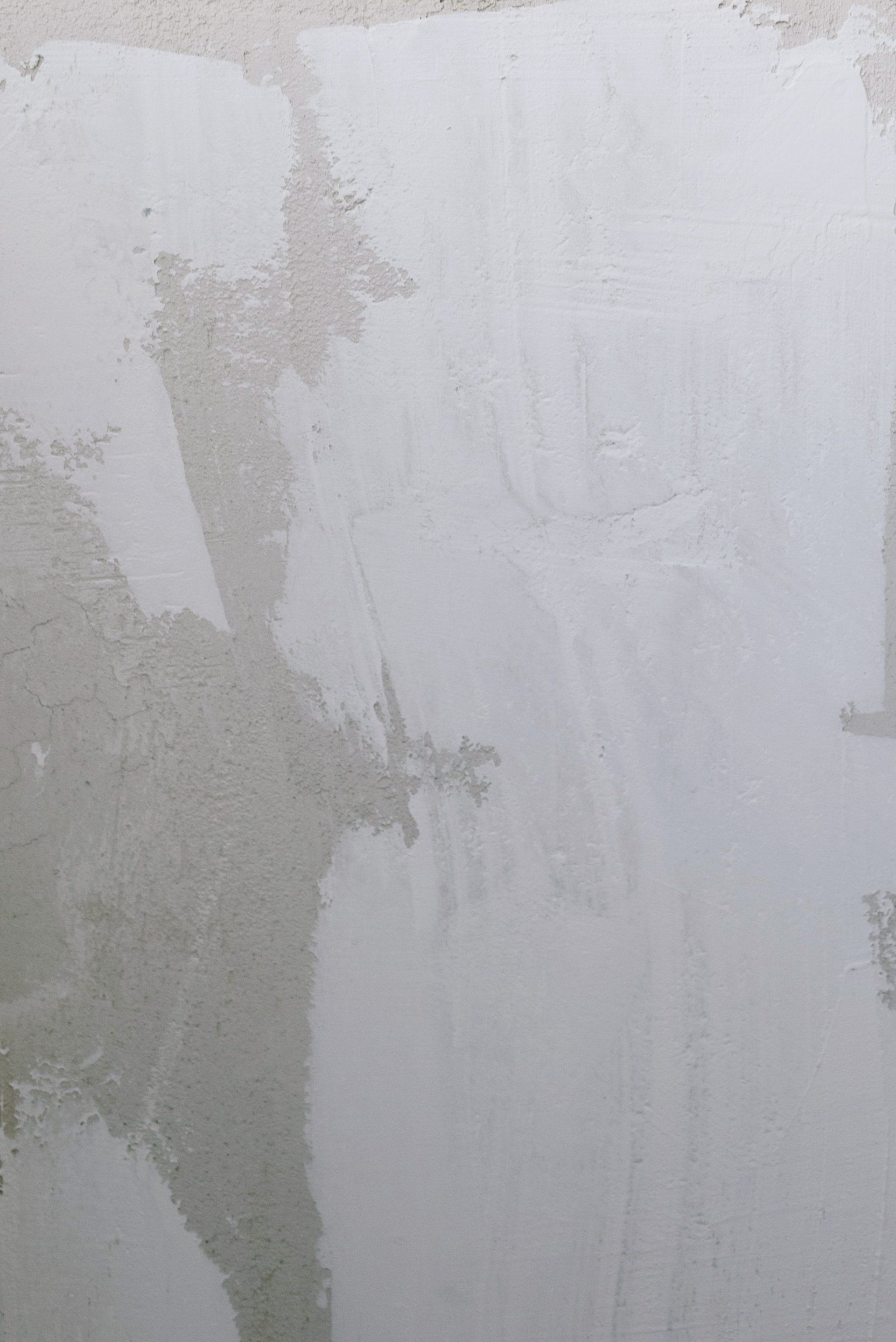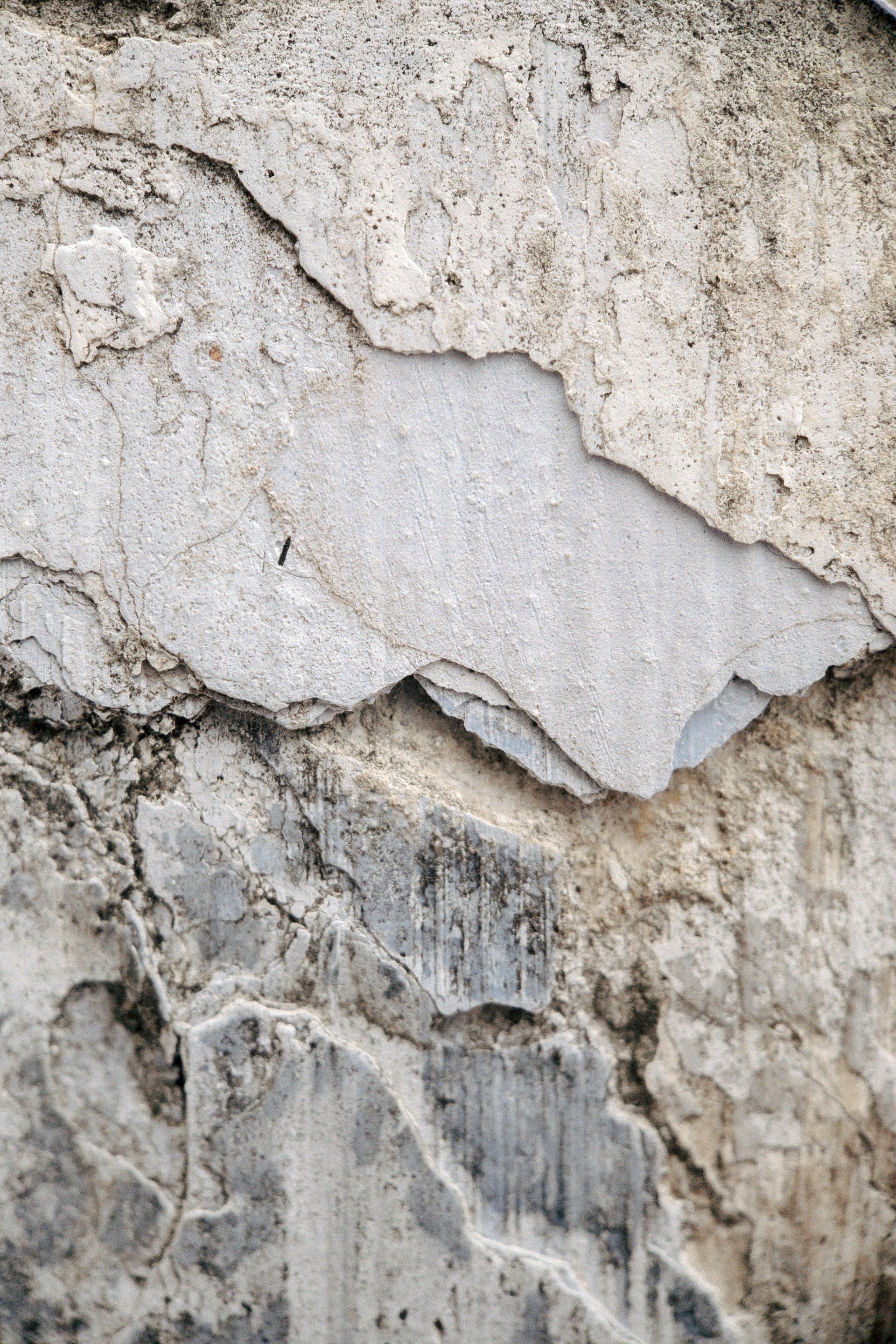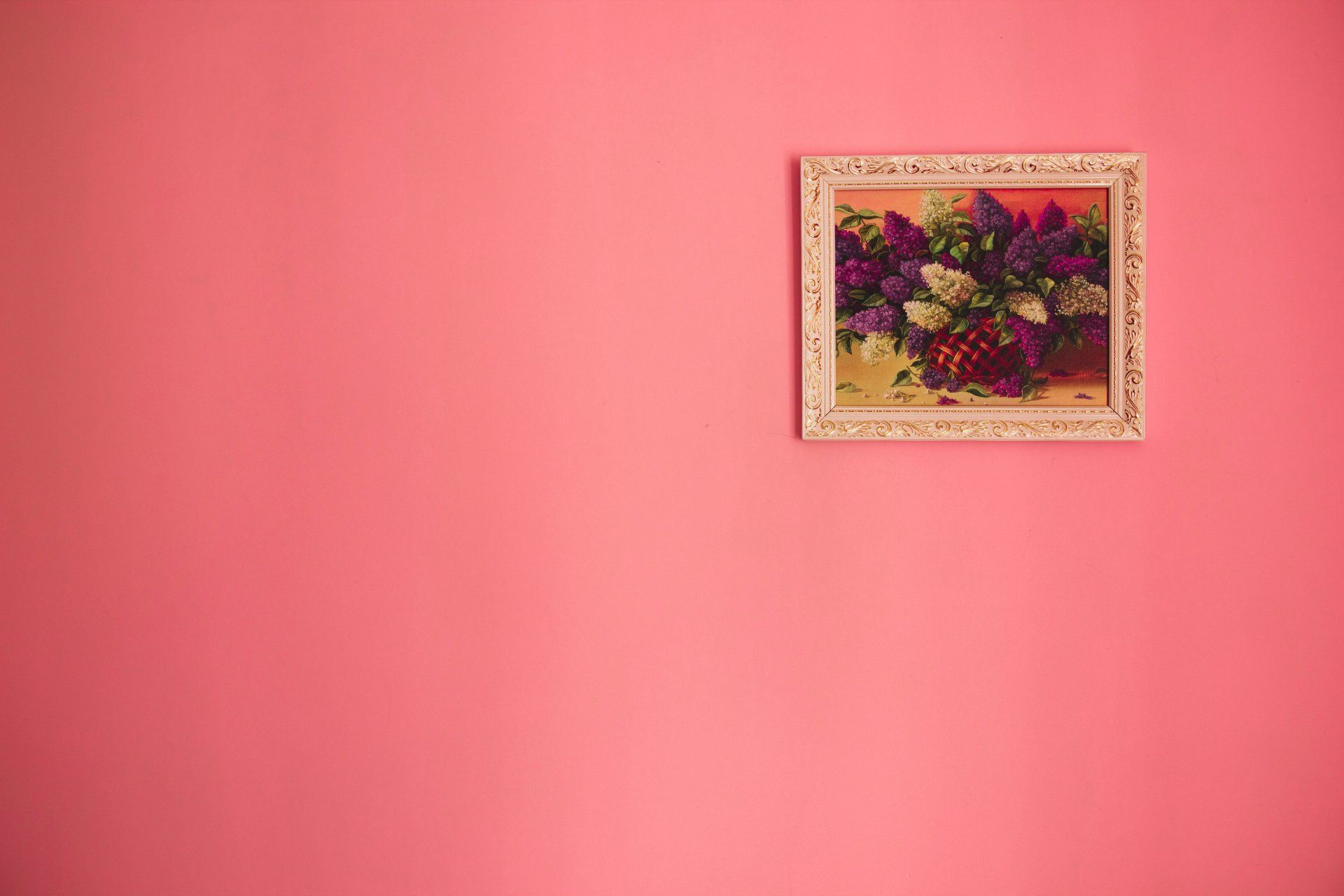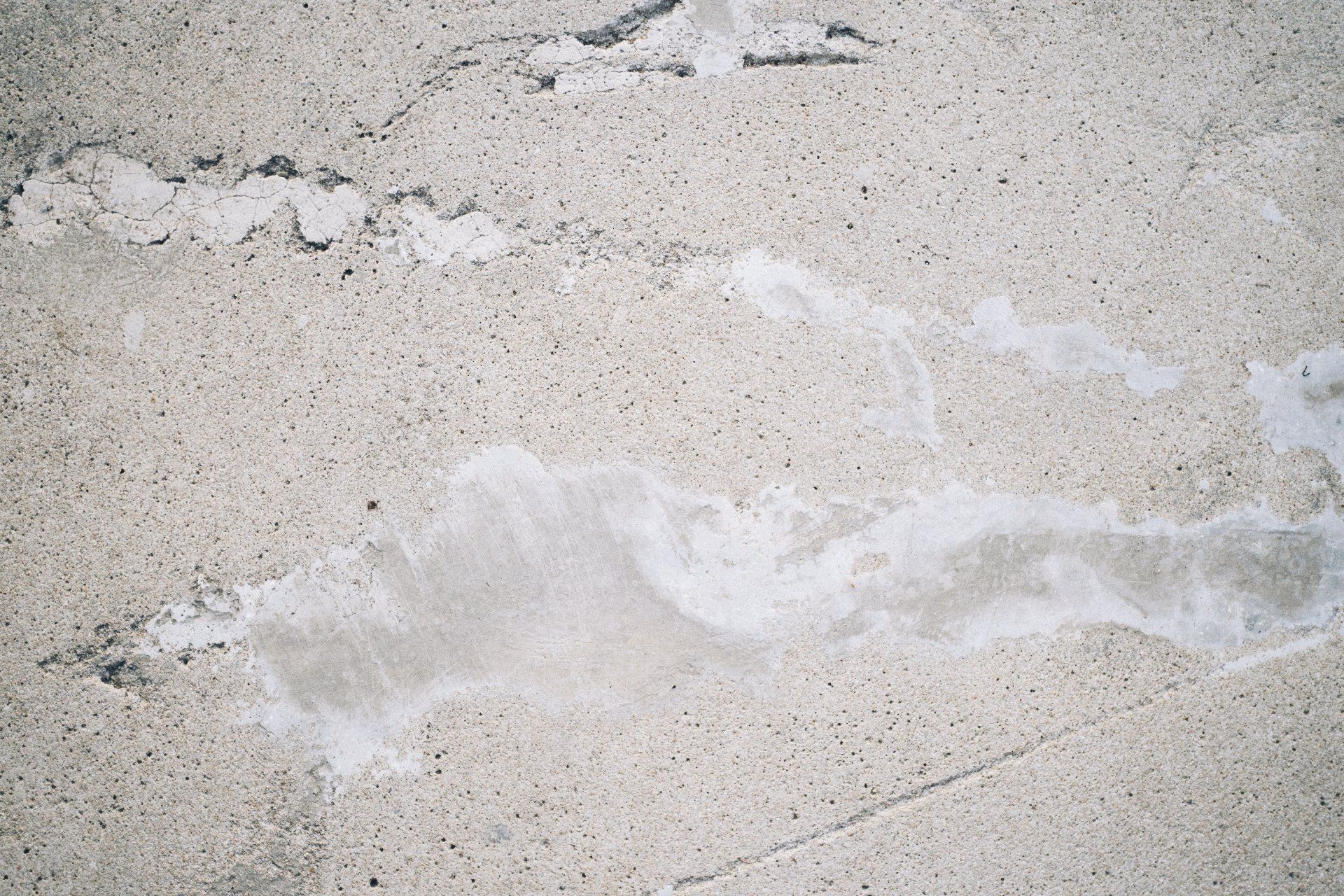Unwanted Textured Walls (and How to Get Rid of Them)
Unwanted Textured Walls (and How to Get Rid of Them)
Textured and even excavated interior walls--the kind with gorgeously exposed plaster or peeled-back wallpaper--are in fashion. The different kinds of walls with texture, such as the "orange peel," popcorn, or faux-stucco walls, could be a problem for your home or rental.
What are the textured walls?
Walls with textures ("orange peel," popcorn swirls, or orange peel) serve a purpose because the texture hides the traces of drywall installation, that is, the seams that are taped between the drywall sheets meet, as well as other flaws. It's cost-saving. Maybe people enjoyed it in the 1970s, but the main reason that it's being done today is to reduce costs. It's inexpensive and quick.
This is why you'll often find wall surfaces that are textured in rental or commercial structures. It's also a stronger wall than smooth walls and is less susceptible to little scratches and tears. Some people feel that it's a bit rough. Imperfections reflect sunlight and cast shadows, making plain walls less "boring."
Methods to rid yourself of textured walls that are not needed:
For many of us, the most beautiful wall is the most smooth that you can find. Here are some strategies to transform a rough surface into an even one. These techniques can also be used on walls that are damaged in different ways (should you get tired of the old-fashioned plaster appearance in the future).
1. Apply a thin coat.
After the installation of drywall, it is taped, and the fasteners seams are coated with a skim coat and then covered by a thin layer of joint compound, also known as "mud," to level the surface prior to papering or painting. This method also helps get rid of walls that are textured. A thin layer of mud is put on the entire surface of the wall and let dry; after that, it is sanded until smooth. Particularly bumpy walls might require several coats.
The process of skimming over a room is messy and takes a lot of time. The task is best left to an expert who has the knowledge (and methods) to prevent dust from getting into every corner of your house.
When the surface has become smooth, then it is covered with a primer and later wallpapered or painted according to the desired.
2. Replace the textured wall by laying a new wall.
This could be less expensive than skim coating the whole room. It's probably your best choice if the texture is particularly heavy--such as the stucco look you might see in a Spanish-style home. However, be aware that installing new drywall is also about to skim coating to hide gaps and create smooth surfaces, as well as dust and dirt that comes with it.
3. The walls should be covered with another material, like wood.
Wood paneling is getting more and more popular in recent times. Companies that manufacture flooring are now making walls using beautiful wood. If you're looking for industrial style, this can be extremely stylish.
To address the issue, take the baseboards off and connect the paneling to the ground. We recommend installing the Fry Reglet metal component that keeps the panel's bottom to the floor just above it to appear as if the panel is floating (the metal part is virtually invisibly).
Another option is to remove the baseboards, place some of the stock wood on the lower part of the wall and then reinstall the baseboards flush and new panels.
Ready to work with Saskatoon Stucco Artisan Experts?
Let's connect! We’re here to help.
Send us a message and we’ll be in touch.
Or give us a call today at 306-900-4479
More Tips, Tricks & Tools
